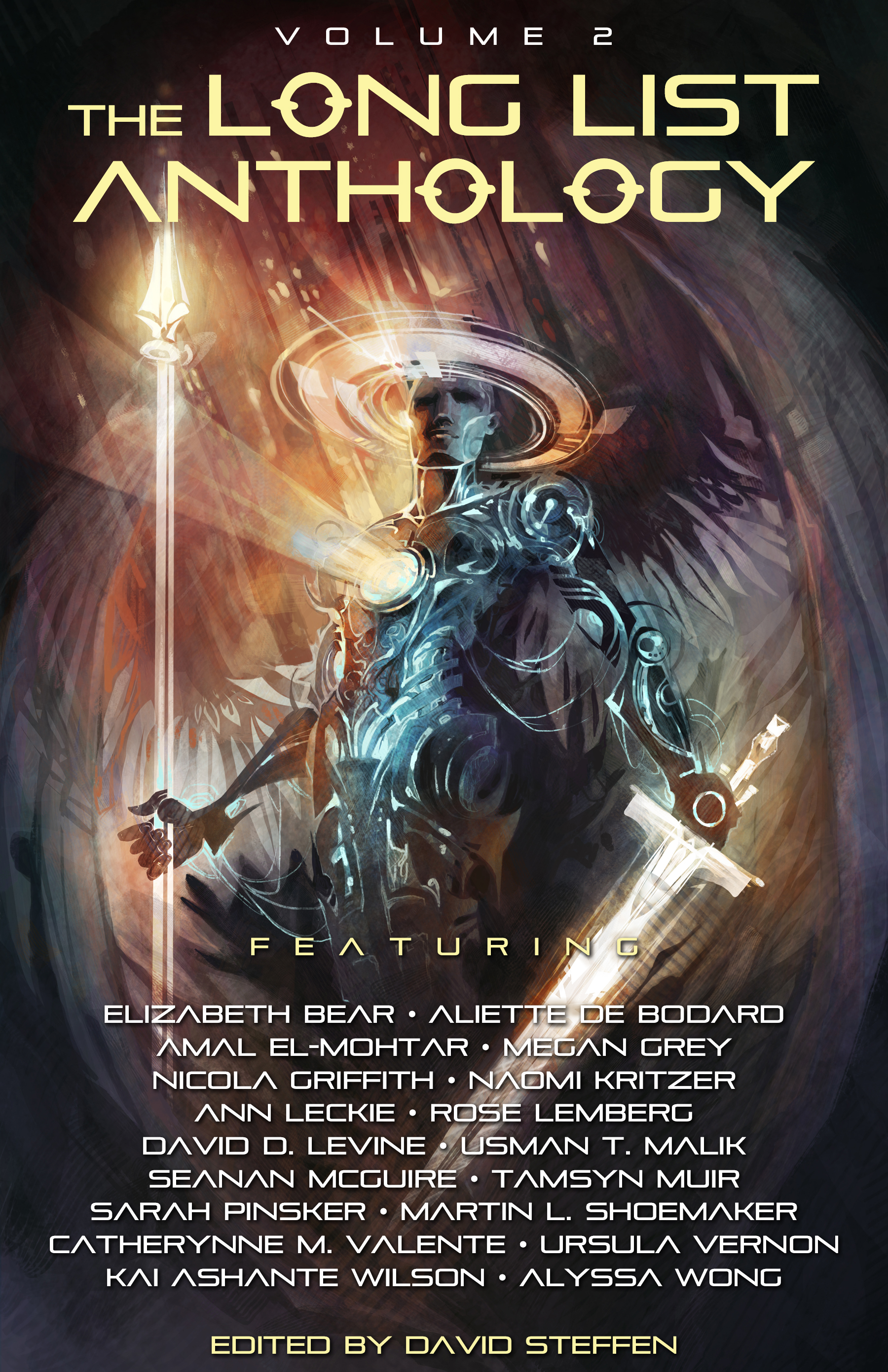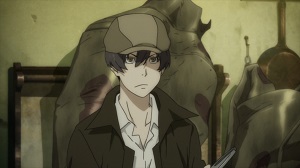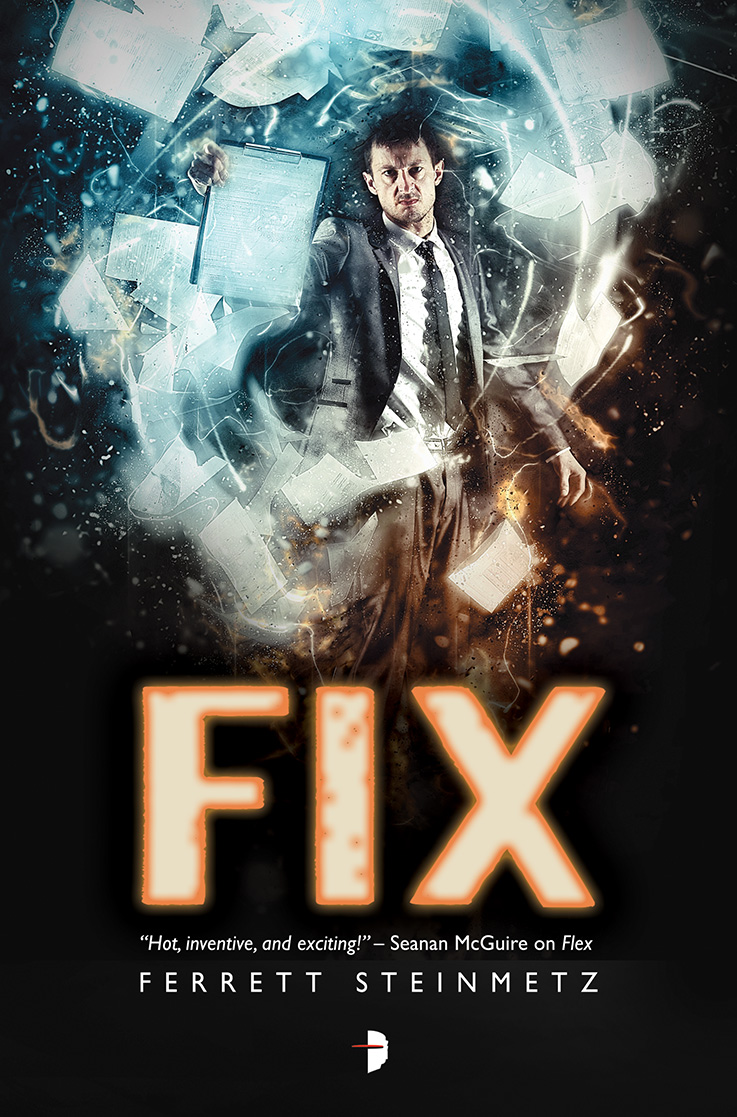“Captain, we have a situation. I’ve been investigating a potential religious sect.”
Captain Madeleine Salim of the generation ship Continental Drift set down her vitamin soup bottle. Instead of spending the start of her shift in contemplation of the new planet below, part of the anti-agoraphobia program mandated by the ship-to-shore landing process, she faced the lieutenant. Ronald Chin resembled the noble eagle from their histories, with short wavy hair, sharp nose and piercing eyes. Salim returned his salute.
“Why wasn’t this brought to my attention immediately?”
Chin stiffened. “I couldn’t report gossip. Rumors of religion crop up during every new generation. In the past, they turned out to be student groups prepping for exams, or thought experiments. I had to rule out those possibilities.” His proper military posture tired Salim, who waved him to a seat.
“The leader of this new sect is Orrin Himmelfarb—”
“The physicist?” Salim knew every adult on the Continental Drift by name and profession. Of the almost three hundred people now living aboard, Orrin was the last she would’ve considered spiritual in nature.
“He preached in private to individuals at first. Now he’s speaking to small groups in public. Tracie Aliyeva assists him.”
Aliyeva, their nanotechnologist, displayed no abnormal tendencies. Salim rubbed her forehead.
“Which religion is he using?”
Chin frowned. “That’s what I can’t explain. He preaches all of them.”
Ridiculous. She recalled the chapters on religions. All of Earth’s history was taught up to the point of the generation ship departures. The population for each ship had been selected based on religion to avoid future clashes and violence. The atheists assigned to the Continental Drift learned about religions as part of their cultural past but didn’t practice any.
Plans were underway for the transfer of supplies from the sister ship. At the end of her shift, their entire population would vote on a new name for their planet. Why, at this critical moment, had Himmelfarb made religion an issue?
“Could the loss of gravity cause mental stress or deviations?” As they’d approached their target star system, the ships decelerated and their rotation about their pivot point slowed. The centrifugal force that provided artificial gravity wound down. Once the ships de-tethered and settled into orbit, the future colonists had learned to function in low-g. Transition sickness continued to affect everyone. “Are people reacting adversely to the meds?”
Chin said, “No. The mild dose in our food will alleviate the effects of motion sickness–the disequilibrium and vertigo which started when we arrived. There are no biological or pharmacological sources causing people to seek a god.”
Was there a god? Salim never worried about such questions. Their ancestors and founders were Secular Humanists who relied on science, facts, and reasoning instead of myths, faith or superstition to understand questions of humanity and the universe. Now, as they embarked upon the final stage of their journey, a small group might disrupt the harmony designed thousands of years ago.
Chin saluted and left. Streamers from the arrival celebration party floated along her office walls but couldn’t relieve Salim of the weight of responsibility. Determined to learn the truth, Salim left to find Himmelfarb. Down one hall, she encountered Dr. Kendrickson vomiting near one of the viewports where the now motionless stars shone bright. Salim turned the sick dentist from the disturbing panorama, called for a medtech and cleaning crew, and continued on her search.
Cafeteria Three doubled as space for large group activities. Over the centuries, despite projects that maintained the ship’s interior, surfaces and furnishings displayed the ravages of age. Salim found the physicist at the head of a worn plastic table, Aliyeva beside him, drawing nods from the people seated nearby. She frowned. Charisma, a favorable trait among colonists, might be an obstacle to dissuading others from Himmelfarb’s words. After collecting a lunch tray, she headed for the table.
“We need to talk,” she said to Himmelfarb. “Let’s go to my office.”
Himmelfarb asked, “Why not here?”
He wanted everybody to hear. Salim didn’t intend to give him an audience. She leaned down and lowered her voice.
“I’d prefer privacy. I’m sure you’d prefer to come of your own accord.” Salim tilted her head toward the door where Lieutenant Chin stood.
Himmelfarb grabbed his tray and stood. “Always an honor to dine with the Captain,” he said. Tracie Aliyeva rose but Himmelfarb waved her off. “See you later,” he said.
Salim wasted no time once her door was closed and they were seated.
“You’re preaching religion, beyond a course of study you’re not authorized to teach. Why?”
“I’m glad you asked.” He took a bite, and waited until Salim followed suit before explaining. “You have concerns but I promise I’m not creating dissension among the members of our new colony.
“There’s a truth, a secret, passed on since my ancestors first boarded the Continental Drift.” He leaned forward. “My people aren’t atheistic. We believed that faith in any god, not just the god of the Jews or Muslims or any group, would support us through the two millennia our people faced aboard this ship. When someone struggles and can find no solace in a friend, no relief in the words of a psychologist or counselor, we,” he pointed to himself, “offer a solution bigger than the survival of mankind. Faith in something so huge, so unfathomable, yet so caring, is the answer for troubled souls.”
Salim shoved her spoon into the vegetable paste which adhered to her tray. “You’re saying your ancestors boarded the wrong ship?”
Himmelfarb shook his head, lips pressed. “You misunderstand, Captain. My family feared for the people of this ship.”
“They lied on their applications? That’s a serious breach of contract. Our founding documents clearly state that those who joined this ship would never establish a religion.” Severe penalties were outlined for any who broke this rule.
Himmelfarb nodded. “We didn’t set out to establish any particular religion. Only when someone was in need did we offer a solution others here wouldn’t consider. There hasn’t been one incident caused by religion on this ship.”
He was right. No generation passed without spats or serious disagreements, but nothing in the historical logs suggested religion was at the root of a single issue. That didn’t change the facts.
“But now we’ve arrived.” Salim tapped her desk. “In less than a year, we’ll descend to the planet and build our new civilization. The ship-to-shore program is working within expected parameters. Why preach to people who are adjusting? Especially when you know the consequences.”
“Despite the wall engravings, the constant lessons, the structure and multiple redundancies built so we’d remember we’re on a ship, surviving as a race by spreading across the galaxy, some are disturbed and need spiritual guidance. Yes,” Himmelfarb held up a hand, “many will be ready, but not all. They wish to hear me.”
“Practical knowledge and rational thought should provide a sense of safety and comfort,” said Salim. “Our founding documents planned for contingencies including the emotional and psychological needs of individuals regardless of their futures on the ship or a planet. No purpose beyond survival was mentioned or needed. Our humanity depends on our ability to think critically.”
Salim sipped from her soup bottle and grimaced. The soup was cold. “Our community was designed to be bound by common beliefs, without myths. Our ancestors began their journey free of superstitions, and refused to offer false security to their progeny. Logical reasoning should relieve any fears. If your forebears lied to board this ship, and if your words cause dissent, you threaten our entire colony. And I can’t allow it.”
Himmelfarb said, “You’d make us martyrs when we aren’t breaking the letter of the law?” He raised his voice. “I’m a physicist, and I believe science and religion can coexist. My forebears insisted it didn’t matter to which god or religion you subscribed. Each is as valid as the next. Instead, the insight that you’re part of a grand design, that your existence in the vast depths of space and time mattered, was the key to thriving on a generation ship. Especially when your particular generation was not destined to become a colony.”
Martyrs? Himmelfarb threatened their entire future. Salim chose her words carefully. “Then what, exactly, are you preaching?”
“Choice,” said Himmelfarb. “I recommend that each person who comes to me review their religious studies. A particular incarnation of a god or gods will resonate with them. If you open your mind and heart, your personal truth will be revealed. No one can tell you what to believe in. We aren’t talking about science fact. Or even an explanation for the universe. I can’t prove ‘god’ any more than you could disprove ‘god’. For some, finding faith helps them have faith in themselves and in what they’re doing.”
“It sounds like you’re giving up responsibility for yourself. Have faith in some magic power and things will work out.”
Himmelfarb scooped up some food and took his time chewing and swallowing before offering his answer.
“For me, God is not an entity from whom I ask for answers. God helps me comprehend space and everything in it at an emotional level. When I first looked through a viewport, I felt small, insignificant. I sickened at the thought of leaving my only home.” He rubbed his temples. “But I see myself as part of the grander web of life, and my destiny lies below. I got over my transition sickness.”
“You can face the planet now?”
“Oh yes. I look often. Our new home is beautiful.”
Salim stood. “I can’t say I understand why people find comfort in something imaginary. I won’t deny anyone their personal choice. I cannot condone any organized religion, which is contrary to our founding documents.” She touched a button on the desk and Chin opened the door.
Himmelfarb got up but Salim raised her hand. “I want you to discuss your preaching with Dr. Ganz. I’m not convinced you aren’t offering a crutch that will cause weakness in our colonists. I suggest,” and Salim deepened her tone so Himmelfarb would take her words as a command, “that you refrain from preaching until the psychologist convinces me you’re doing no harm. If people insist belief in a god requires them to force others to believe the same way, we are dead before we set foot on that planet. In that case,” she pointed at Himmelfarb’s chest, “I will put you, your family, and any others with these beliefs in isolation, and the current generation will remain on board. A new generation, raised free of your preaching, will become colonists instead. Understand?”
Himmelfarb’s smile vanished. “I understand. But while knowledge of religion and God exists, you will never be able to eliminate a person’s choice to have faith. It’s not rational. It’s instinctual.” He followed Chin out.
Salim finished her medicated food and shoved the lunch tray aside to be recycled. Certain that Himmelfarb would share their conversation with his followers, she considered her options. Through her office viewport their new planet swam in space, a blue-green bauble clothed in swirling white clouds. There was no going back, not to their old world or the imperfect ways of their past. She reviewed the database devoted to Earth history, and stopped at the section on religions. Every aspect of their inherited culture, from art to music to stories was influenced by religion.
It wasn’t within her power to delete the material. File erasure required a unanimous vote. Even if she isolated Himmelfarb and his family, his followers would still have the right to vote. No other captain had ever suggested such a dire action. Once gone, that part of their past, their heritage, would be irretrievable. Was that wrong? Salim sighed. Even if she convinced her generation the material was unnecessary, religious ideas passed down orally might persist. Even if they were eradicated, new ones could arise.
Salim decided. The assembly to name the planet would have one additional agenda item.
© 2016 by Lee Budar-Danoff
 Lee Budar-Danoff sails, plays guitar, and writes when she isn’t reading. Lee volunteers as Municipal Liaison for National Novel Writing Month and is an alum of the Viable Paradise Writer’s Workshop. A former history teacher, Lee spends that energy raising three children with her husband in Maryland.www.leebudar-danoff.com]
Lee Budar-Danoff sails, plays guitar, and writes when she isn’t reading. Lee volunteers as Municipal Liaison for National Novel Writing Month and is an alum of the Viable Paradise Writer’s Workshop. A former history teacher, Lee spends that energy raising three children with her husband in Maryland.www.leebudar-danoff.com]
If you enjoyed the story you might also want to visit our Support Page, or read the other story offerings.



 Arrival is a science fiction first contact movie released in November 2016, which is based on the short story “Story of Your Life” by Ted Chiang. The movie stars Amy Adams, with Forest Whitaker and Jeremy Renner.
Arrival is a science fiction first contact movie released in November 2016, which is based on the short story “Story of Your Life” by Ted Chiang. The movie stars Amy Adams, with Forest Whitaker and Jeremy Renner.



 True Blood was an HBO horror/mystery/romance series based on the Sookie Stackhouse series of novels by Charlaine Harris.
True Blood was an HBO horror/mystery/romance series based on the Sookie Stackhouse series of novels by Charlaine Harris.
 FIX is the third book in the ‘Mancy series by Ferrett Steinmetz. Before I go any further, if you haven’t read the previous two books,
FIX is the third book in the ‘Mancy series by Ferrett Steinmetz. Before I go any further, if you haven’t read the previous two books,